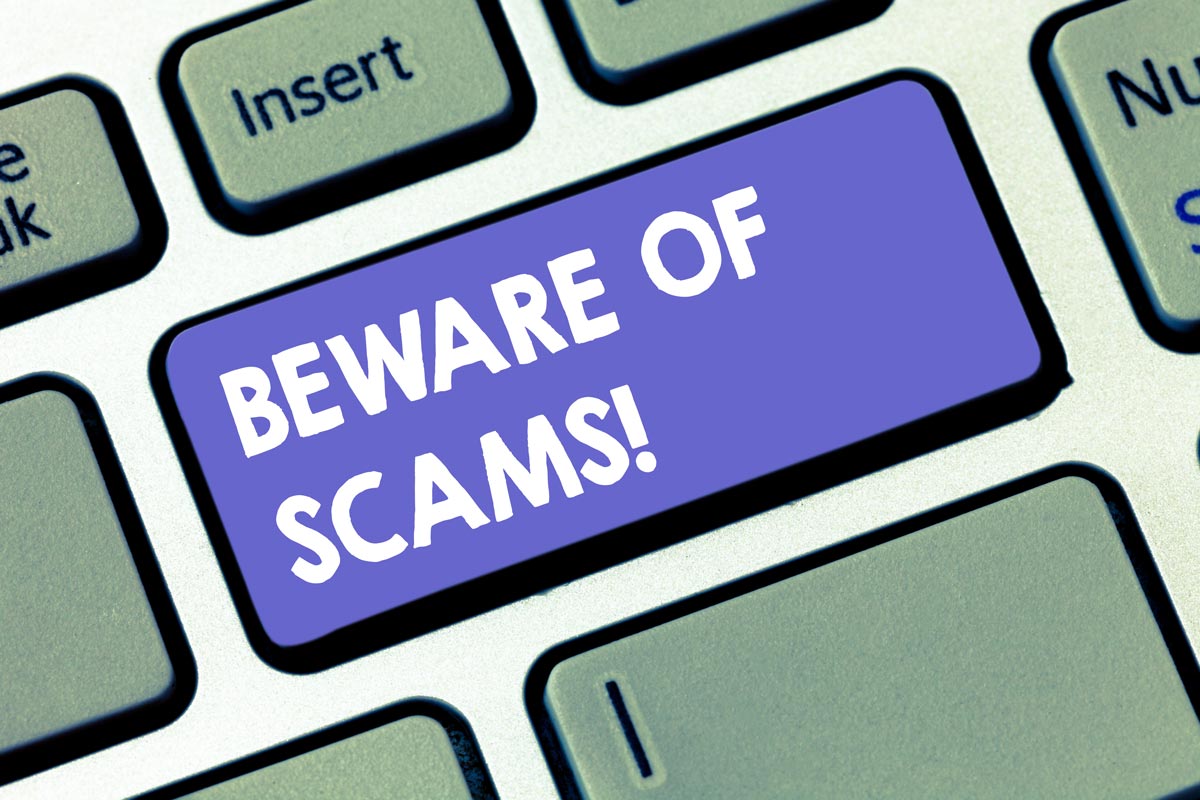Navigating Disaster Relief: Protecting Yourself from Scams

Scams have become all too familiar in our society. During times of disaster, witnessing the overwhelming support and solidarity from communities is heartening. However, amidst the genuine efforts to help, opportunistic individuals and organizations exploit the vulnerable. Disaster relief scams, unfortunately, have become increasingly prevalent, targeting the goodwill of those who wish to assist or seek assistance. In this blog post, we will share a few common tactics employed by scammers, offer tips on avoiding falling victim to their schemes, and highlight the important role notary services can play in ensuring legitimacy and security.
Recognizing Disaster Relief Scams
Recognizing disaster relief scams involves staying vigilant and exercising caution when prompted to share personal or financial information, particularly in the aftermath of natural disasters or crises. In 2005, Hurricane Katrina devastated much of Louisiana, Mississippi and surrounding states. In the aftermath of Hurricane Katrina, the American Red Cross asked the FBI to investigate at least 15 fake websites that were designed to look like legitimate Red Cross appeals for donations. In the midst of chaotic situations where standard communication channels falter, scammers take advantage of open hearts and wallets.
Here are a few common scams to be aware of:
- Fake Charities: Scammers often create bogus charities or impersonate legitimate ones. Before donating, verify the organization’s authenticity by checking their registration status, reviews, and past relief efforts.
- Phishing Emails and Websites: Be cautious of unsolicited emails or websites claiming to represent well-known relief organizations. Legitimate charities rarely request donations via email and use secure websites with “https://” in the URL.
- Fake Government Assistance Programs: Scammers may pose as government officials offering immediate financial assistance. Confirm the legitimacy of such programs through official government websites or local authorities.
- Social Media Scams: Exercise caution on social media platforms, where scammers may create fake profiles or pages to solicit donations. Verify the legitimacy of campaigns before contributing.
How to Protect Yourself
In the face of disaster relief scams, safeguarding yourself is paramount. Here are a few ways you can protect yourself, and how notaries can help safeguard you against potentially fraudulent activities.
- Verify Organizations: Research and verify the legitimacy of relief organizations through trusted sources such as Charity Navigator, Better Business Bureau, or government databases. Notaries can help verify the identity of individuals or organizations involved in relief efforts, minimizing the risk of fraud.
- Use Secure Payment Methods: Opt for secure payment methods, such as credit cards or official donation platforms, to ensure your financial information is protected.
- Be Skeptical of High-Pressure Tactics: Scammers often use urgency and high-pressure tactics to manipulate individuals. Take your time to thoroughly vet and confirm the legitimacy of the relief effort.
- Check for Official Documentation: Legitimate organizations often provide official documents and receipts for donations. Ask for these documents and verify their authenticity. As notaries, we can authenticate documents and witness the signing of important documents related to relief efforts, adding credibility to the cause and ensuring transparency.
In the aftermath of a disaster, the need for assistance is genuine, and the desire to help is commendable. By staying vigilant, you can protect yourself from scams and contribute to a more secure and effective disaster response. Remember, informed giving is the key to making a positive impact in times of need.
Need a Notary Now?
Connect with Negretes!
It looks like Javascript isn't enabled in your browser. Please enable it in order to fill out this form.